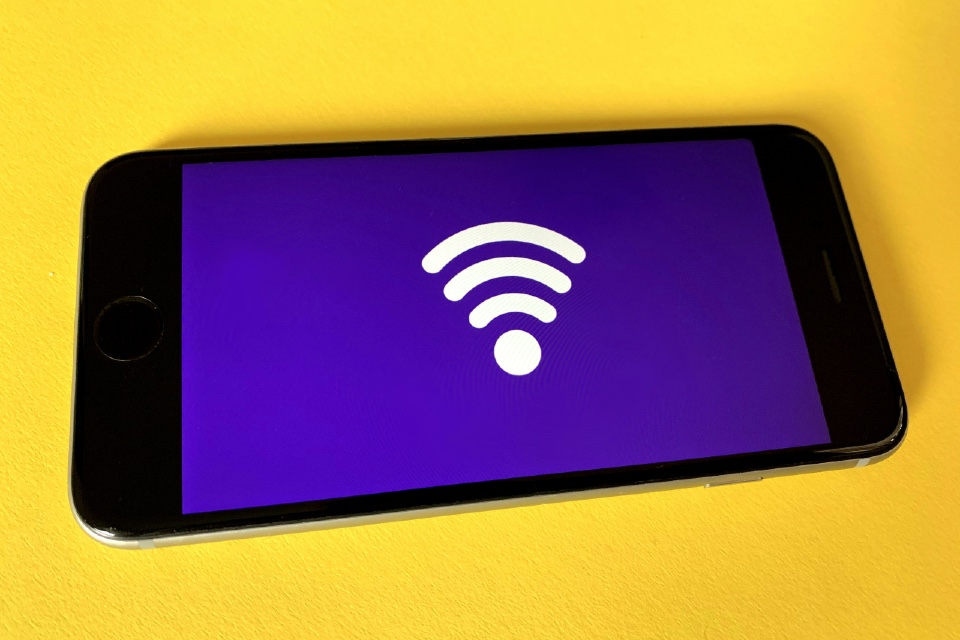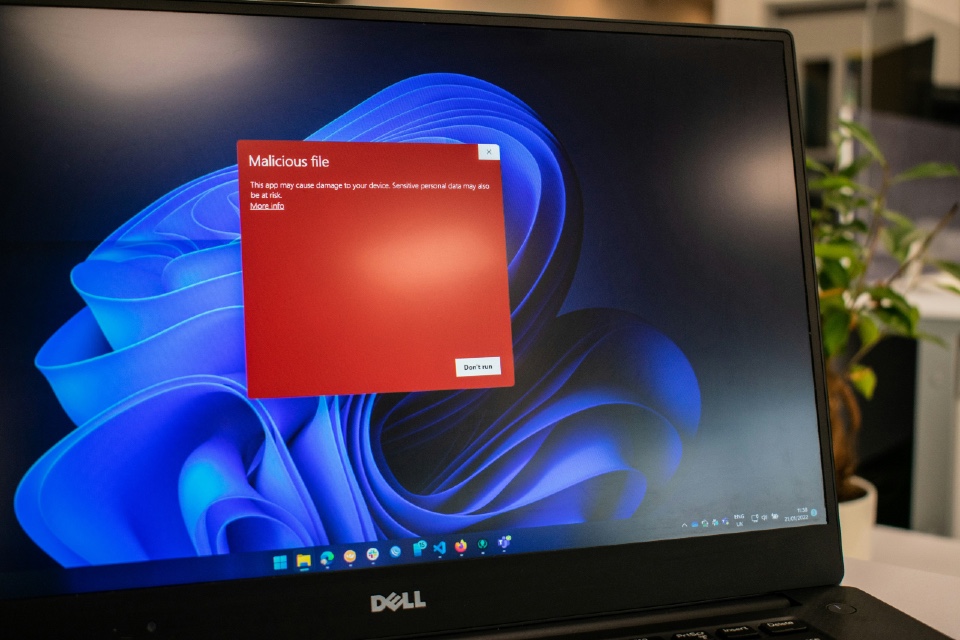Device platform security front of mind among IT pros, says HP research

81% of IT and security decision-makers (ITSDMs) agree that hardware and firmware security must become a priority to ensure attackers cannot exploit vulnerable devices. An HP report, based on a global study of 800+ ITSDMs and 6,000+ work-from-anywhere (WFA) employees, shows that platform security is a growing concern. However, 68% report that investment in hardware and […]
NETWORK SECURITY MONTH: Analysing strategies, technologies and future trends

Senior cybersecurity professionals are adopting new techniques and technologies to safeguard sensitive data and critical infrastructure while balancing costs and operational demands. Here’s a look at the most impactful developments, including strategies, technologies, and future trends as we head into 2025… 1. Zero Trust Architecture The adoption of Zero Trust security models has accelerated, becoming a cornerstone […]
AI takes first tentative steps into FTSE 100 UK Boardrooms

By Lloyd Nail, senior associate, and Tom Whittaker, director, at independent UK law firm Burges Salmon Last week, the GC100, the association of General Counsel and Company Secretaries working in FTSE 100 companies, published the results of a poll of their members on the topic of the use of AI at Board and Committee levels. Specifically, […]
Global public cloud spending by end-users to hit $723bn in 2025

Worldwide end-user spending on public cloud services is forecast to total $723.4 billion in 2025, up from $595.7 billion in 2024, as AI takes hold across the market. “The use of AI technologies in IT and business operations is unabatedly accelerating the role of cloud computing in supporting business operations and outcomes,” said Sid Nag, Vice President Analyst at Gartner. […]
Here’s what to expect at June’s Cyber Secure Forum

The next Cyber Secure Forum will take place in London next June – and we’ve put all the key information in one place so you can secure your place today! The Cyber Secure Forum is a focused event that brings key Security Directors together with leading solution providers, for focused one-to-one meetings. June 24th 2025 – […]
MALWARE MONTH: How to mitigate your risks with trusted solution providers

With increasingly sophisticated cyber threats, sourcing the right anti-malware solution partner is critical for safeguarding organisational data and systems. For senior IT professionals in the private and public sectors, this involves balancing robust security capabilities with cost-effectiveness and scalability. Here’s a structured approach to selecting an anti-malware solution partner, based on input from delegates and […]
Over 40% of IT pros struggling to hire as skills gap bites

41% of IT professionals are struggling to hire qualified candidates due to a ‘significant’ skills gap in the industry, with only 12% reportedly unaffected by this gap. That’s according to new data from SolarWinds, which surveyed 272 global IT professionals, highlighting a clear disconnect between the needs of IT teams and the pool of available […]
December is Network Security Management on Cyber Security Briefing – Here’s how to get involved!

Each month on Cyber Security Briefing we’re shining the spotlight on a different part of the cyber security market – and in December we’re focussing on Network Security Management solutions. It’s all part of our ‘Recommended’ editorial feature, designed to help IT security buyers find the best products and services available today. So, if you’re a […]
Majority of UK government bodies lacking cyber insurance despite increasing threats

Many government entities remain unprepared for cyber incidents, with inadequate backup strategies and a lack of cyber insurance coverage, according to research based on Freedom of Information (FoL) request. 256-bit AES XTS hardware-encrypted USB drive specialist Apricorn has revealed findings from its annual survey and FoL requests, revealing what it says is a ‘concerning disregard’ for cyber insurance across both public and […]
MALWARE MONTH: What we’ve learned this year, and what’s coming next

Anti-malware solutions have evolved substantially this year in response to increasingly sophisticated cyber threats. Senior IT and cybersecurity professionals in the UK’s private and public sectors are now relying on advanced technologies to protect against malware, ransomware, and zero-day attacks. Here’s a look at the key trends shaping anti-malware solutions, along with insights into usage […]


